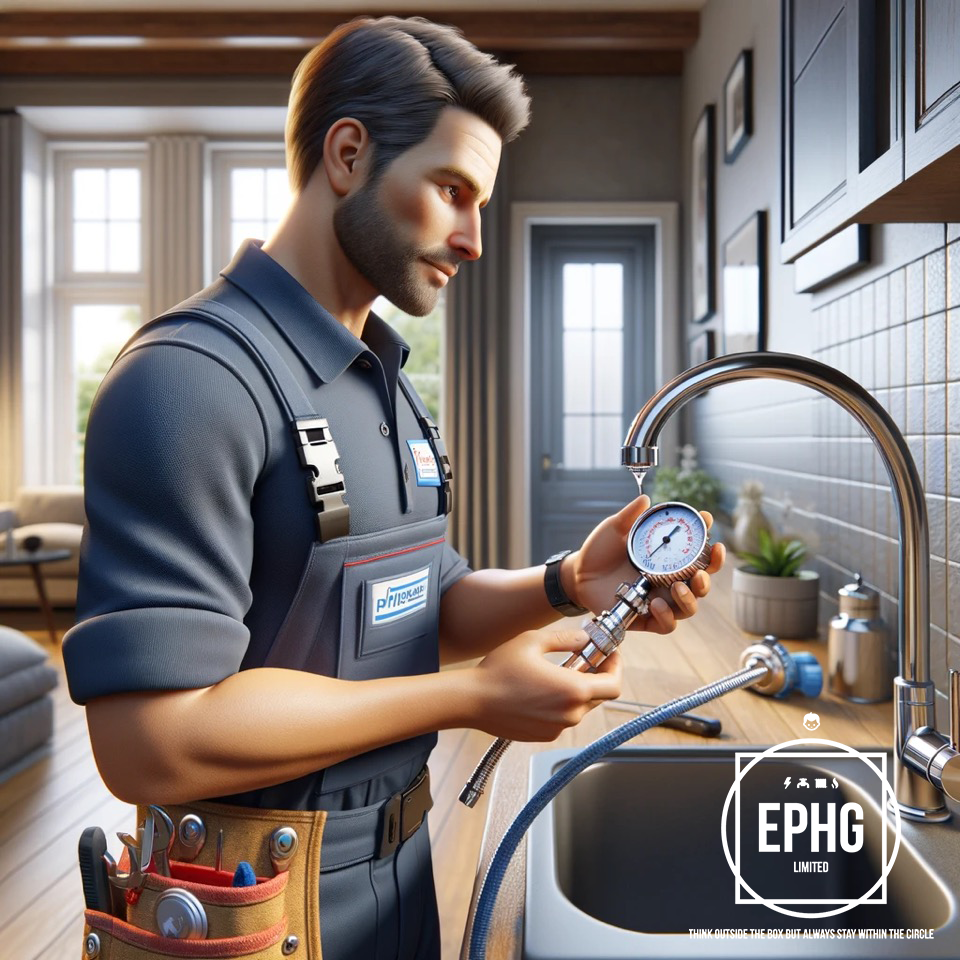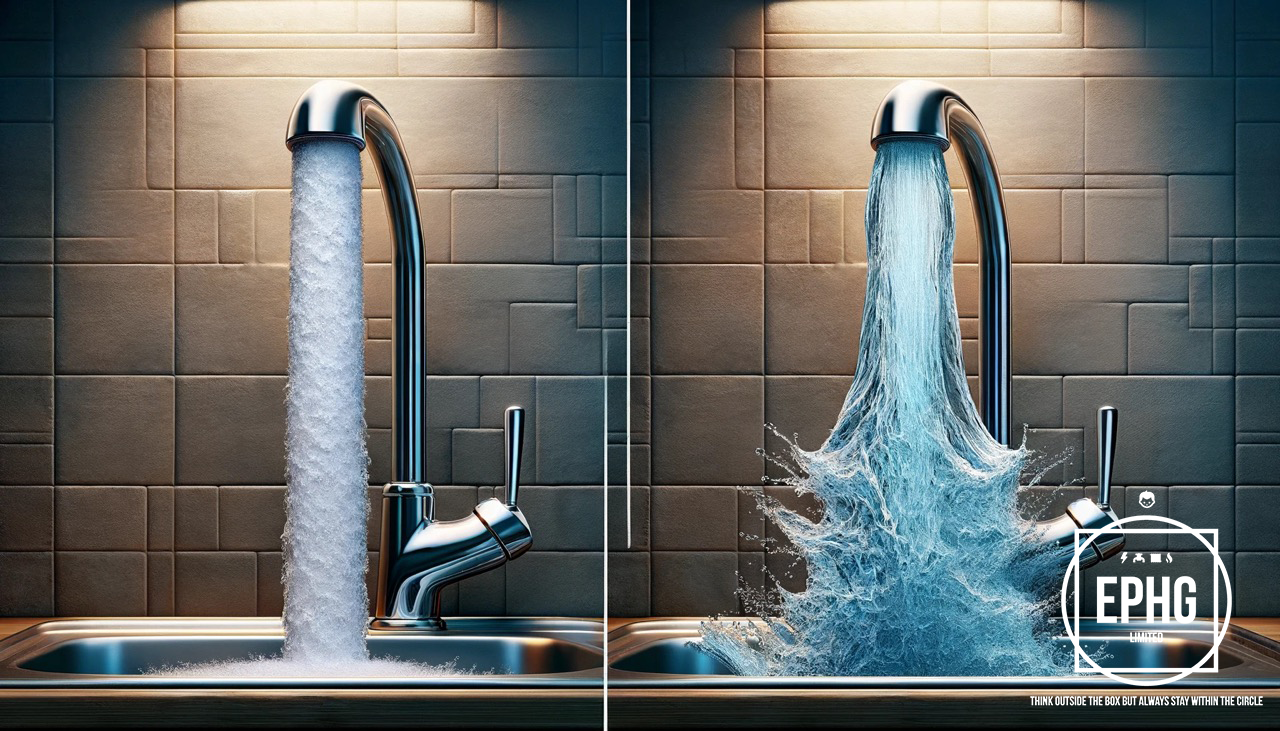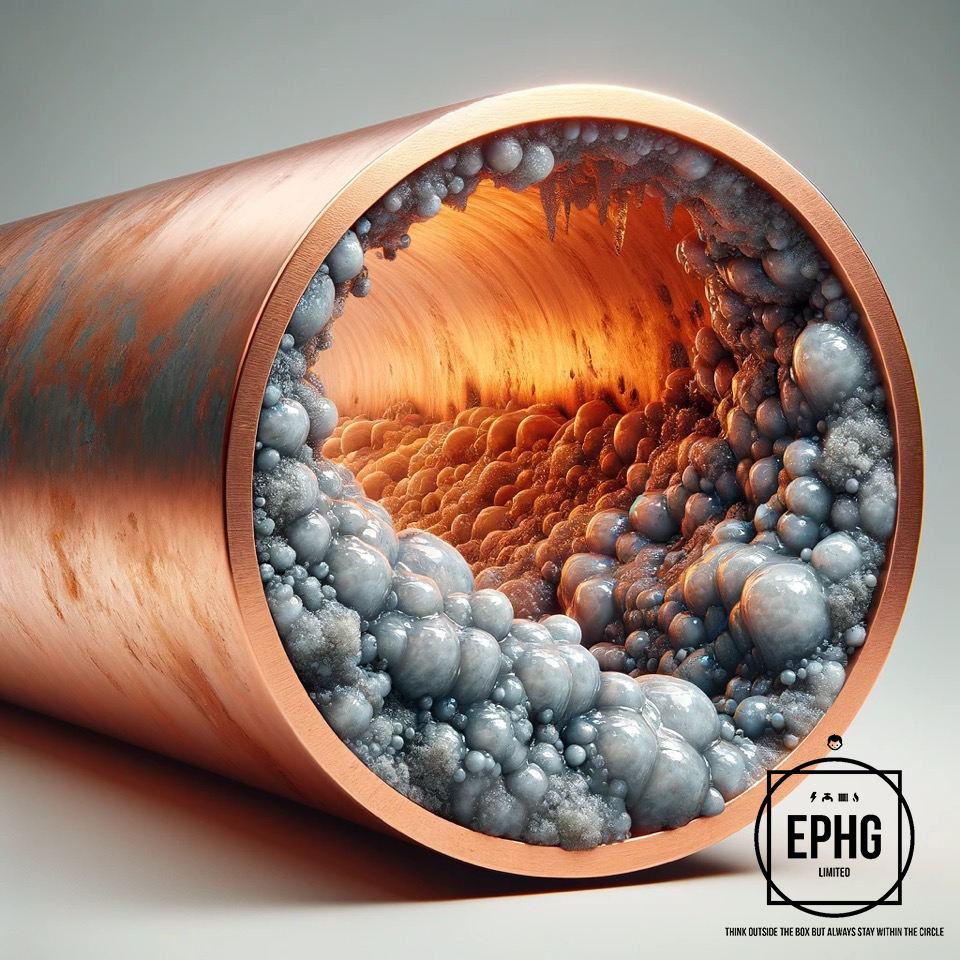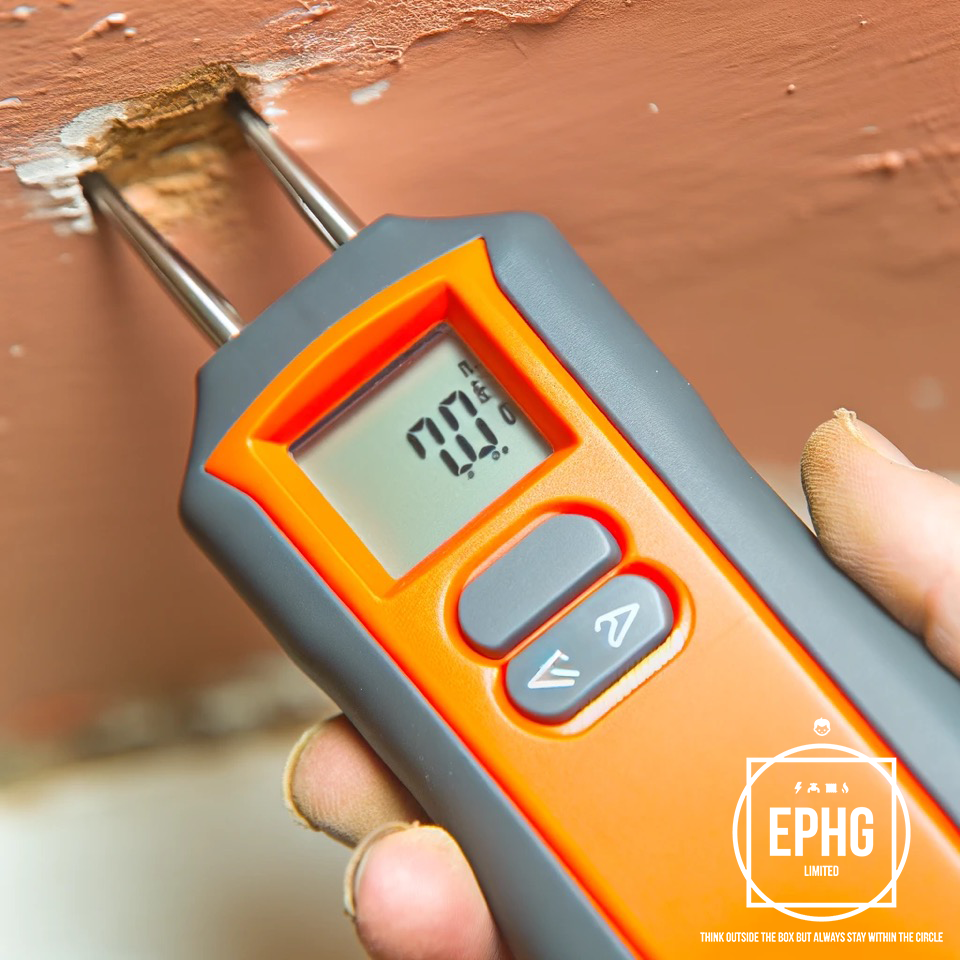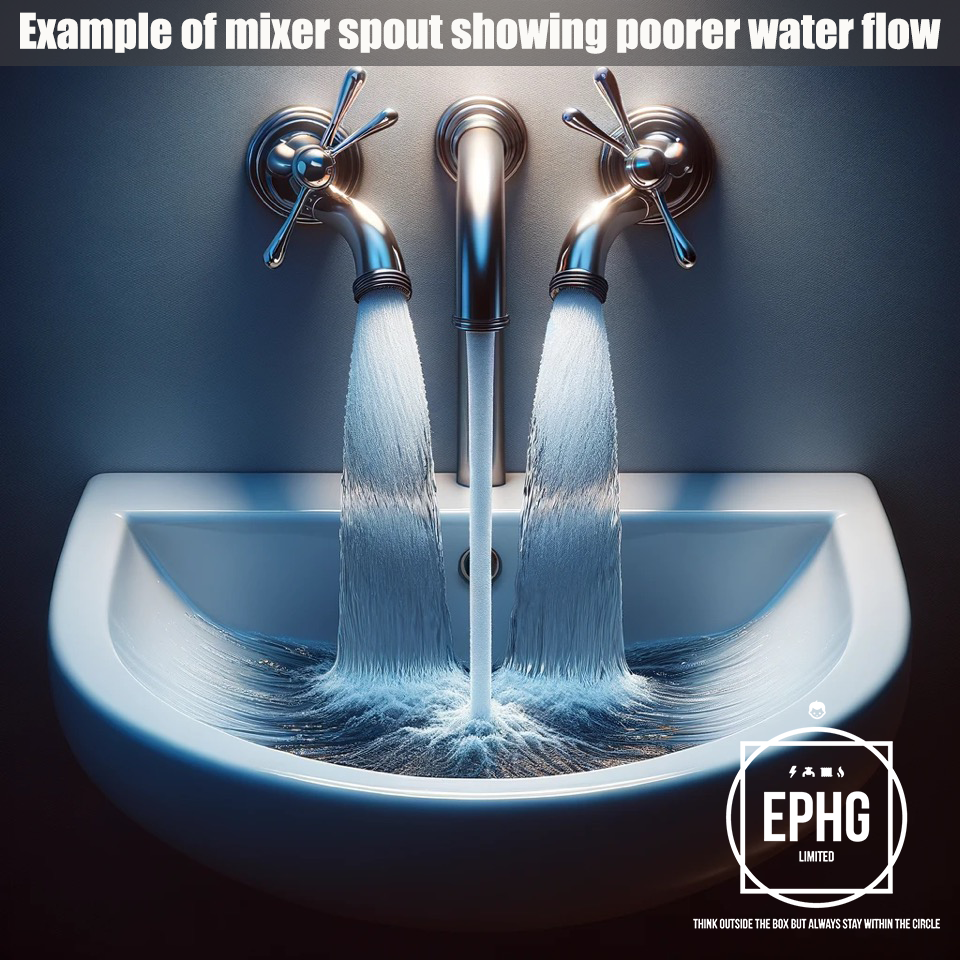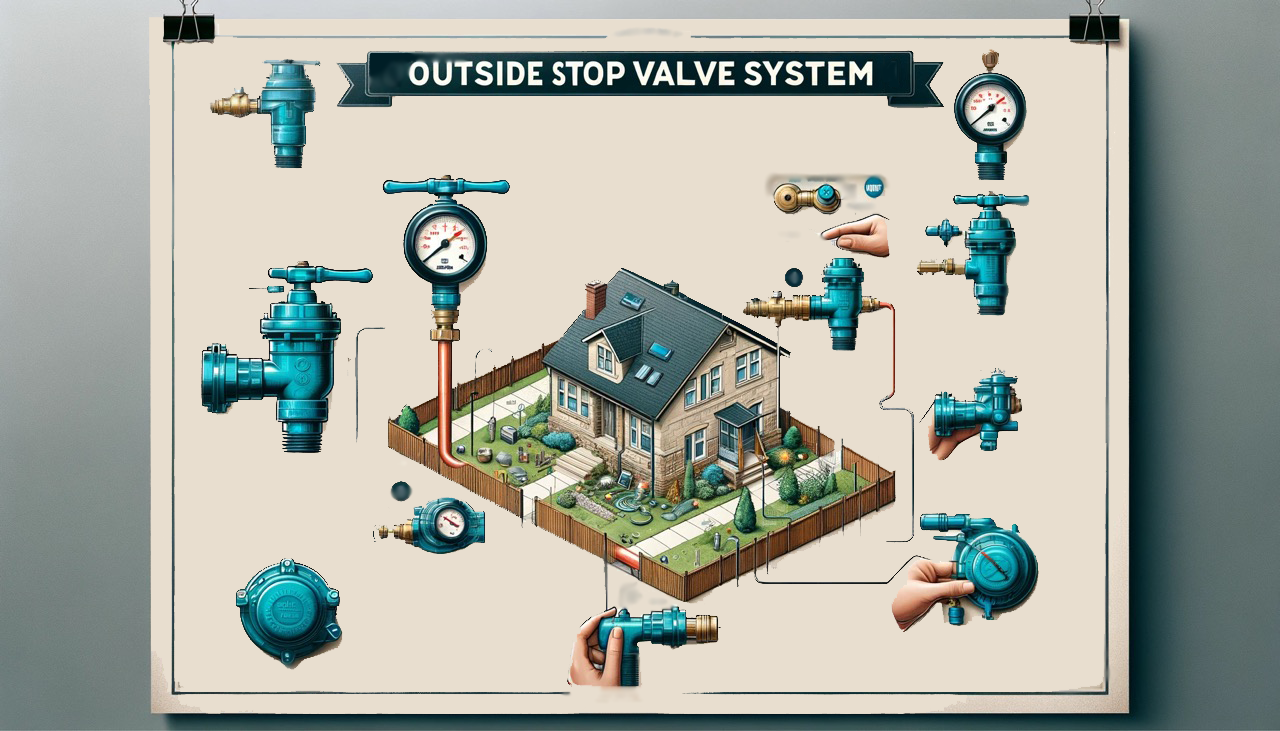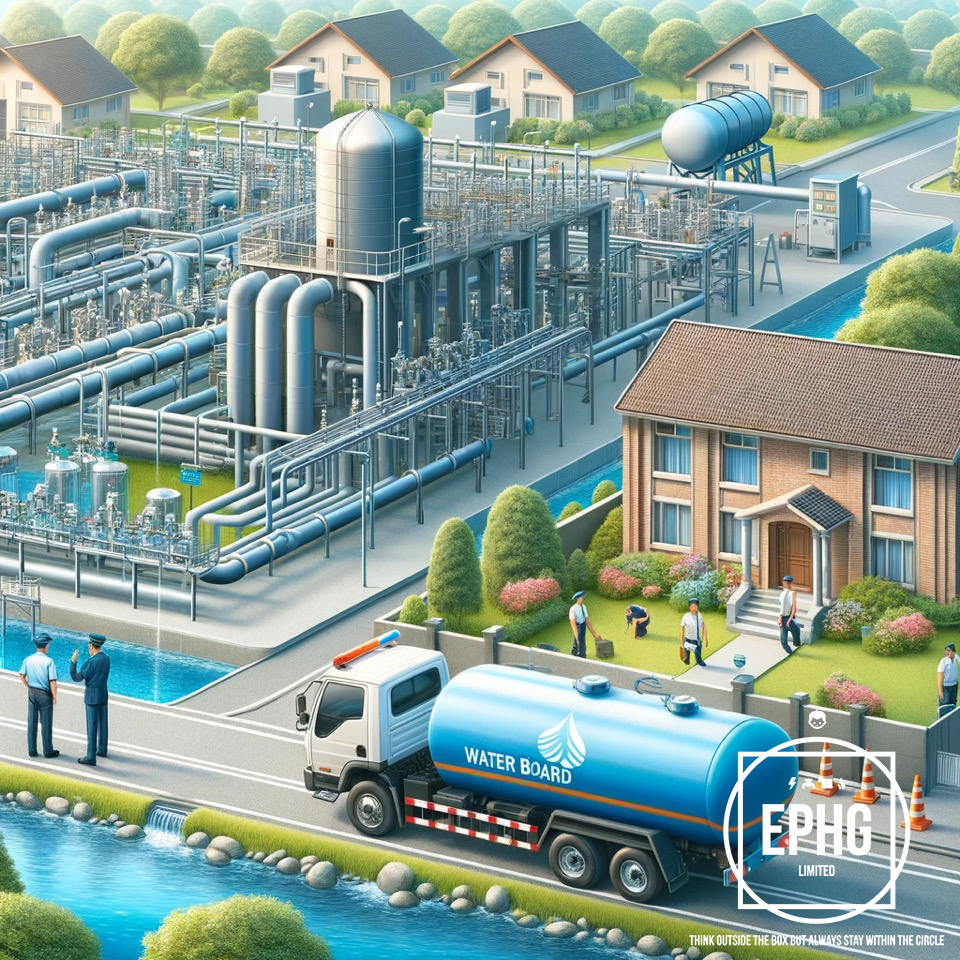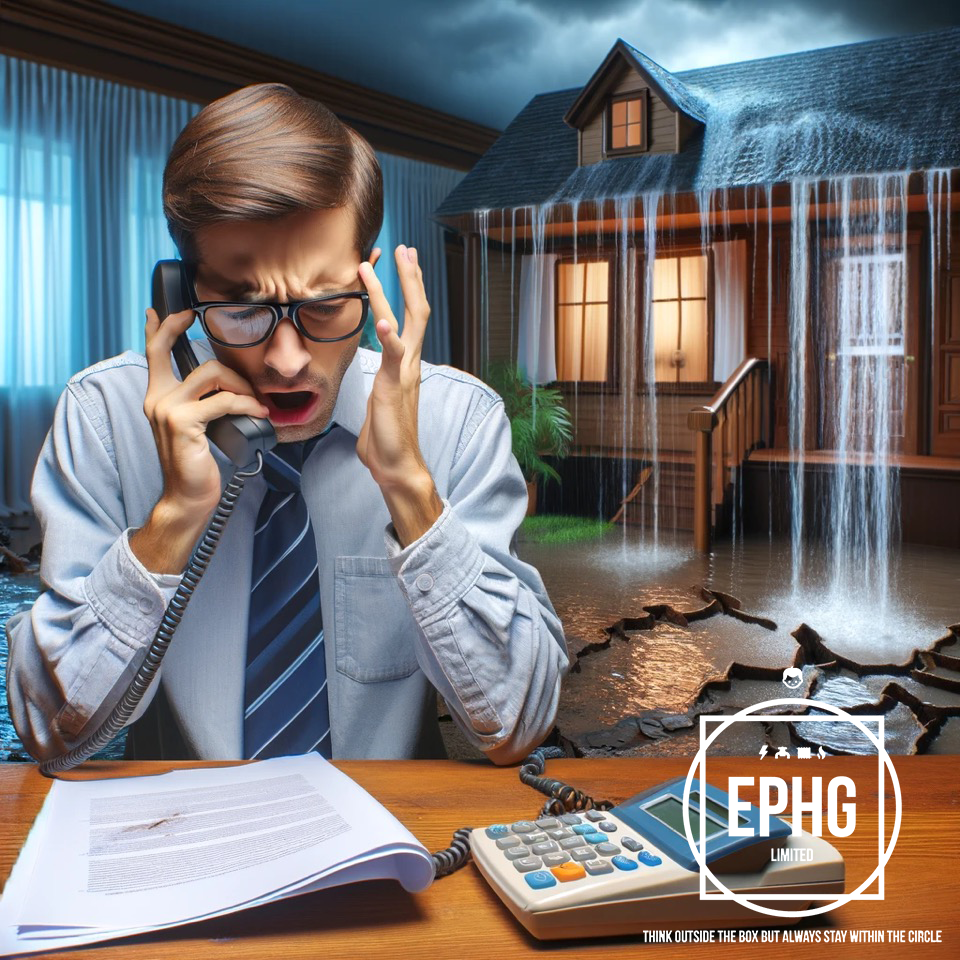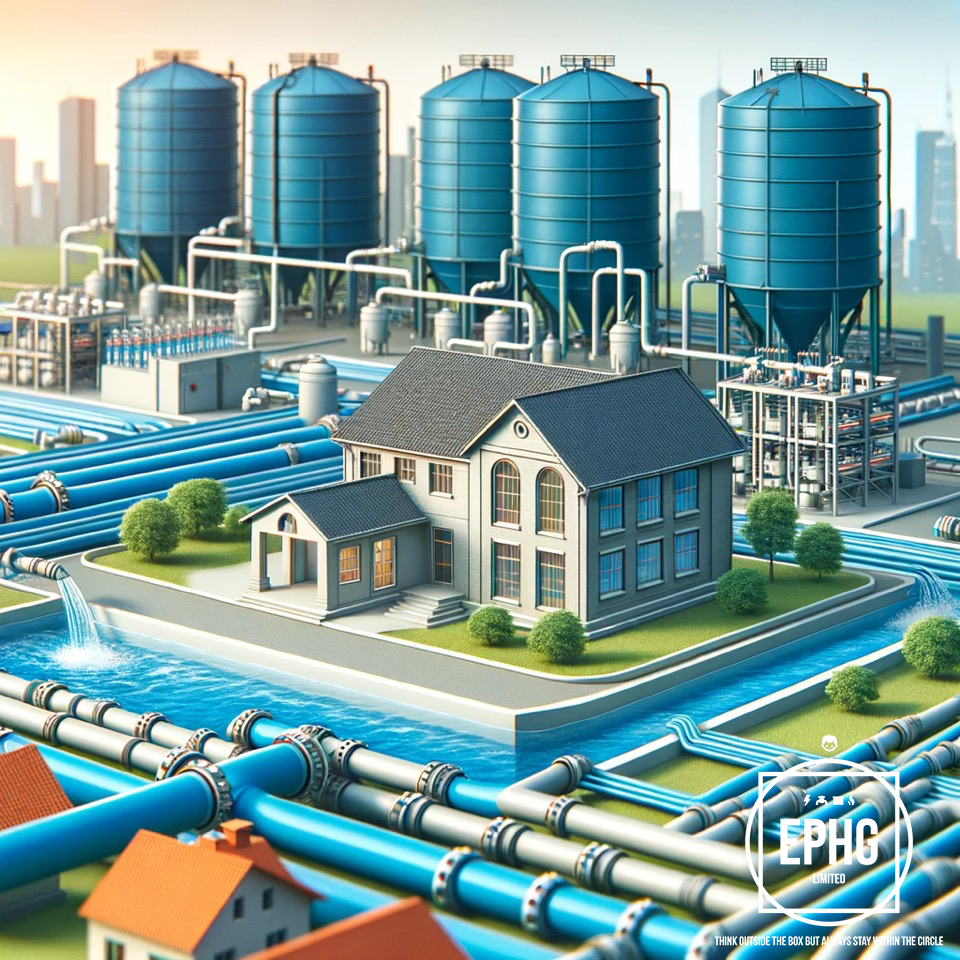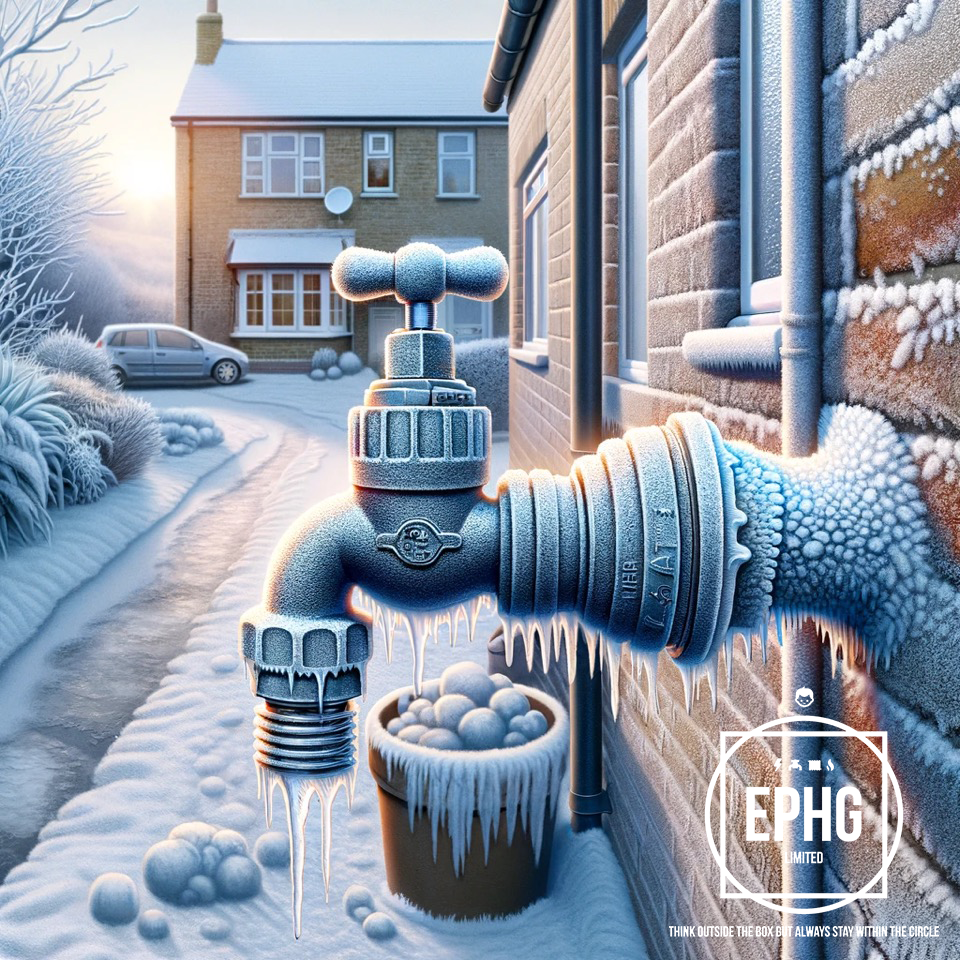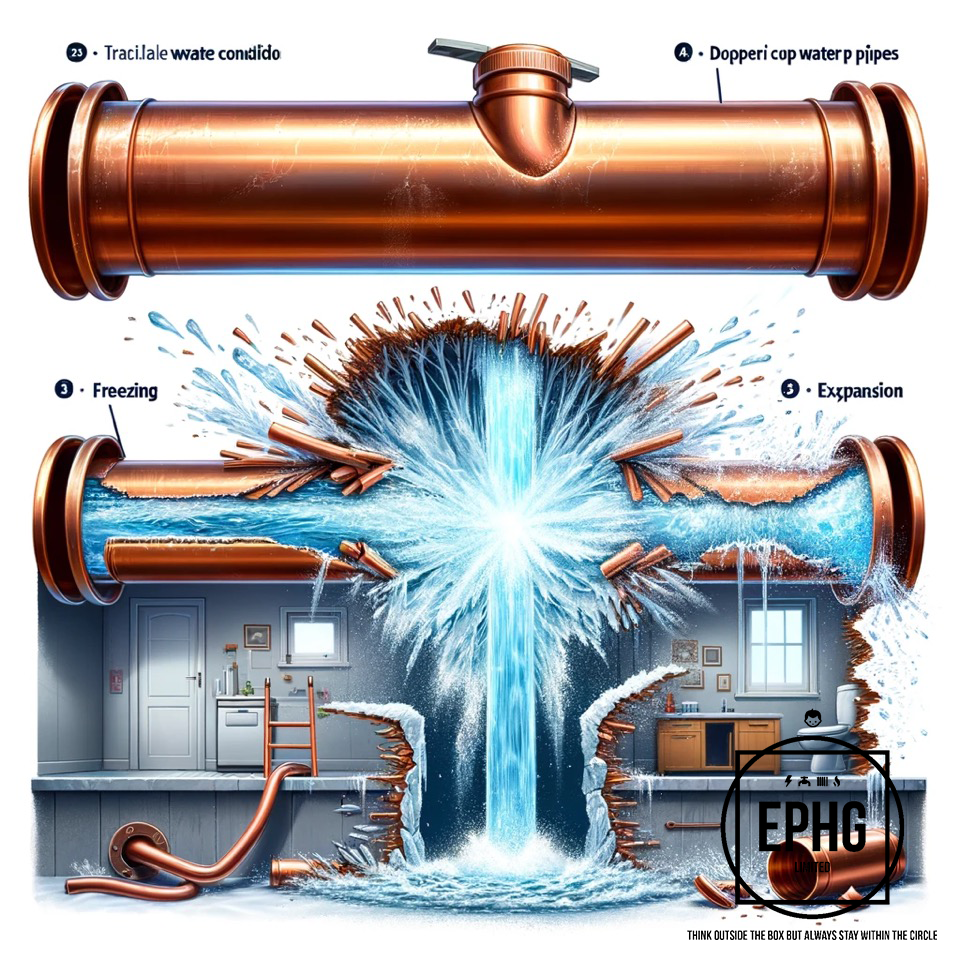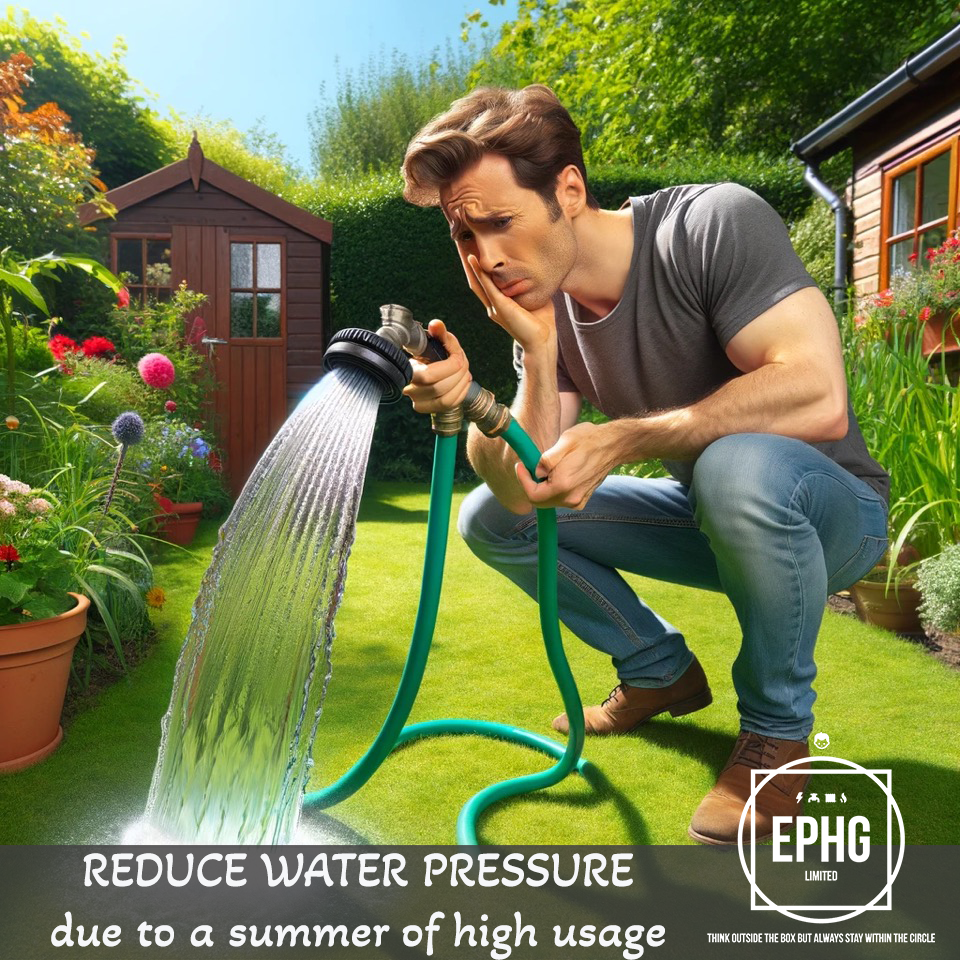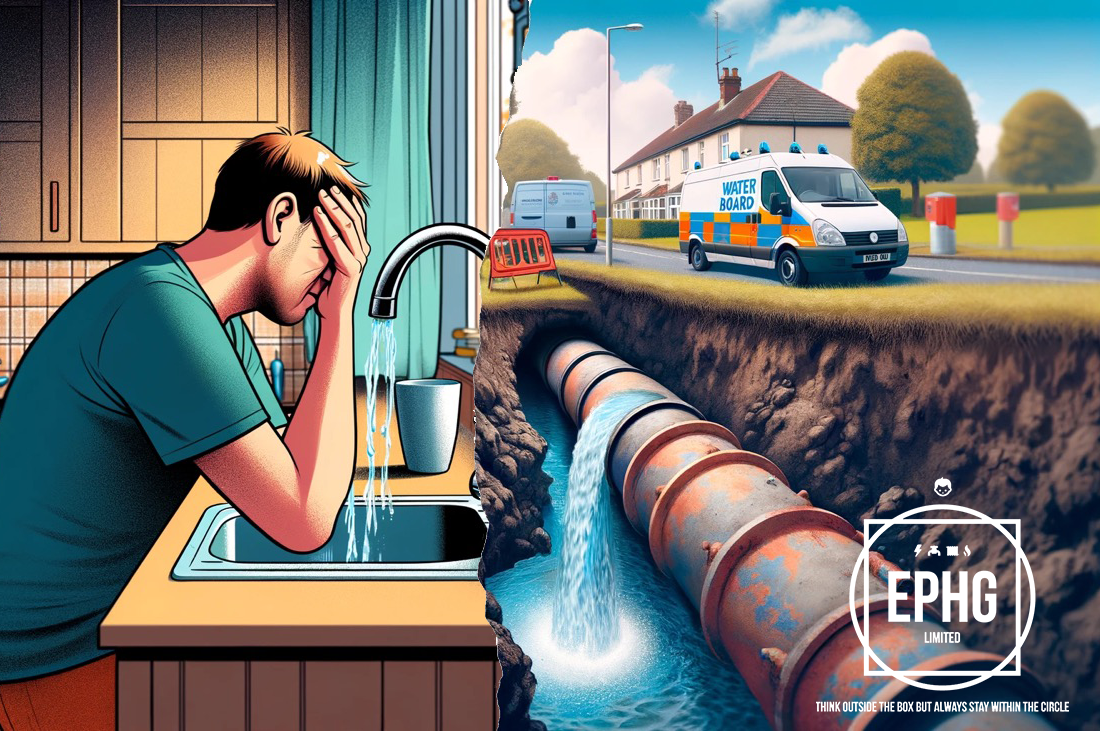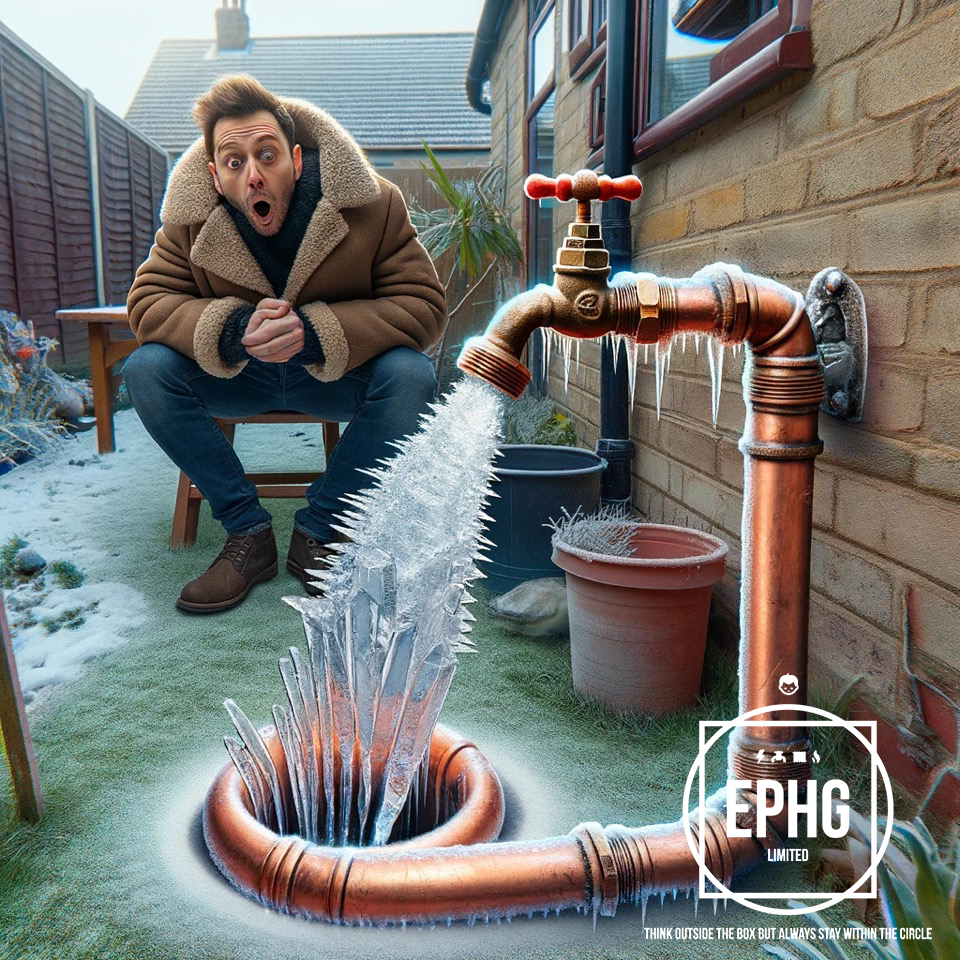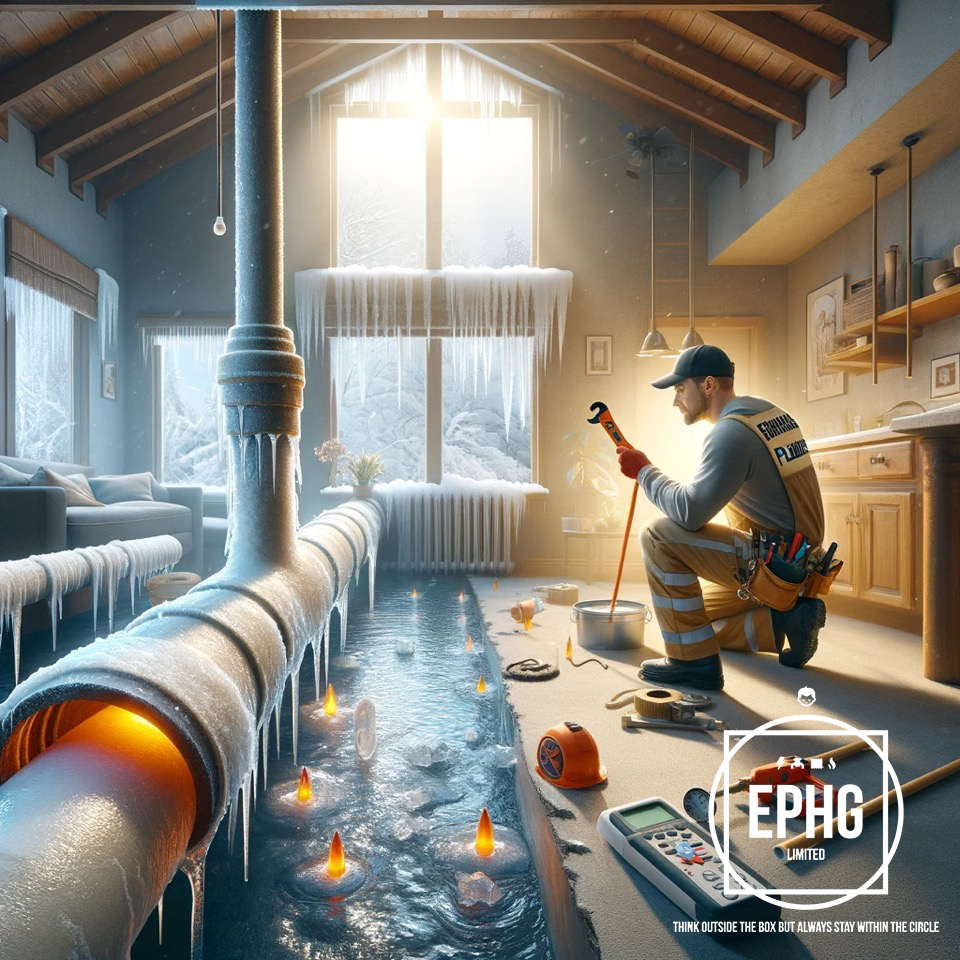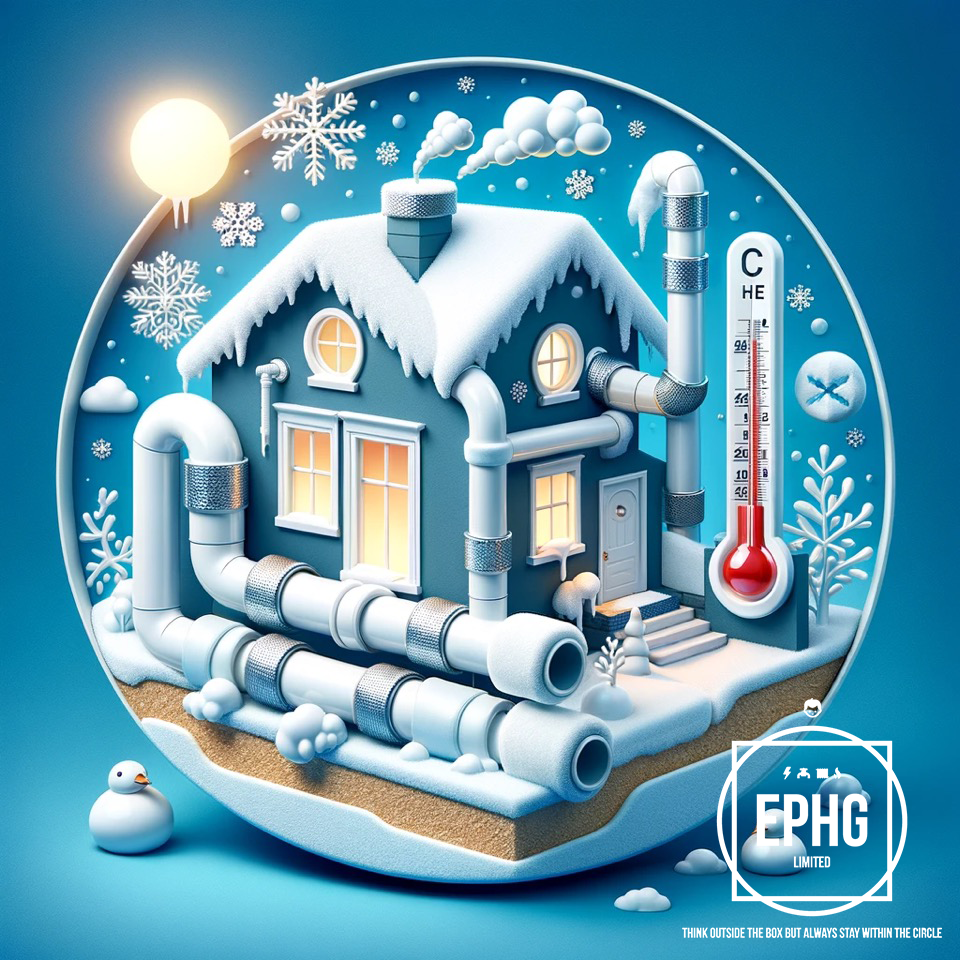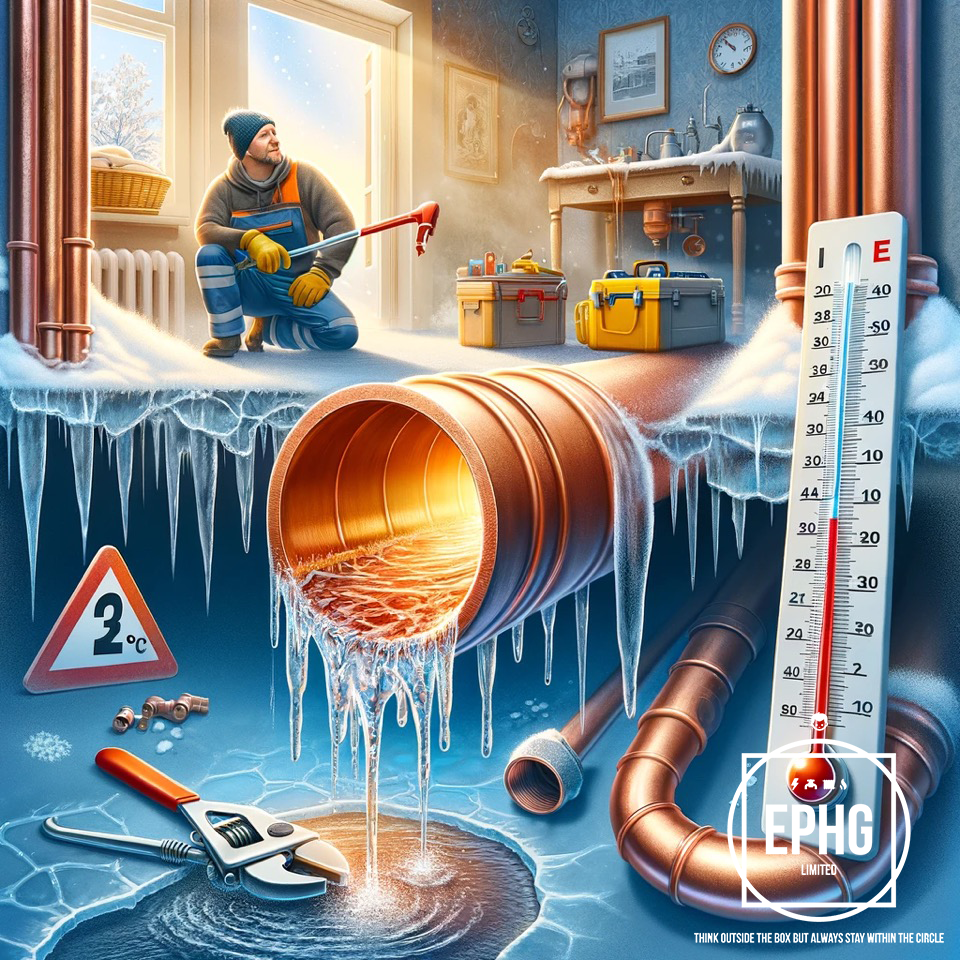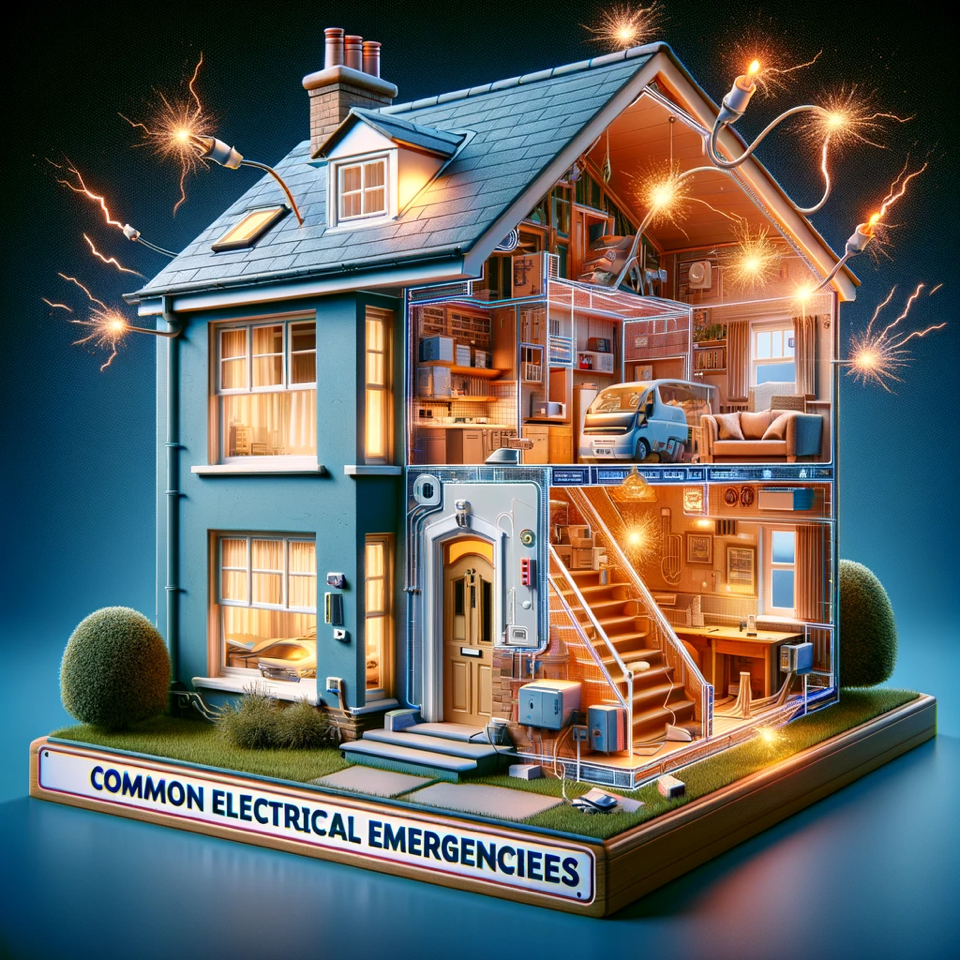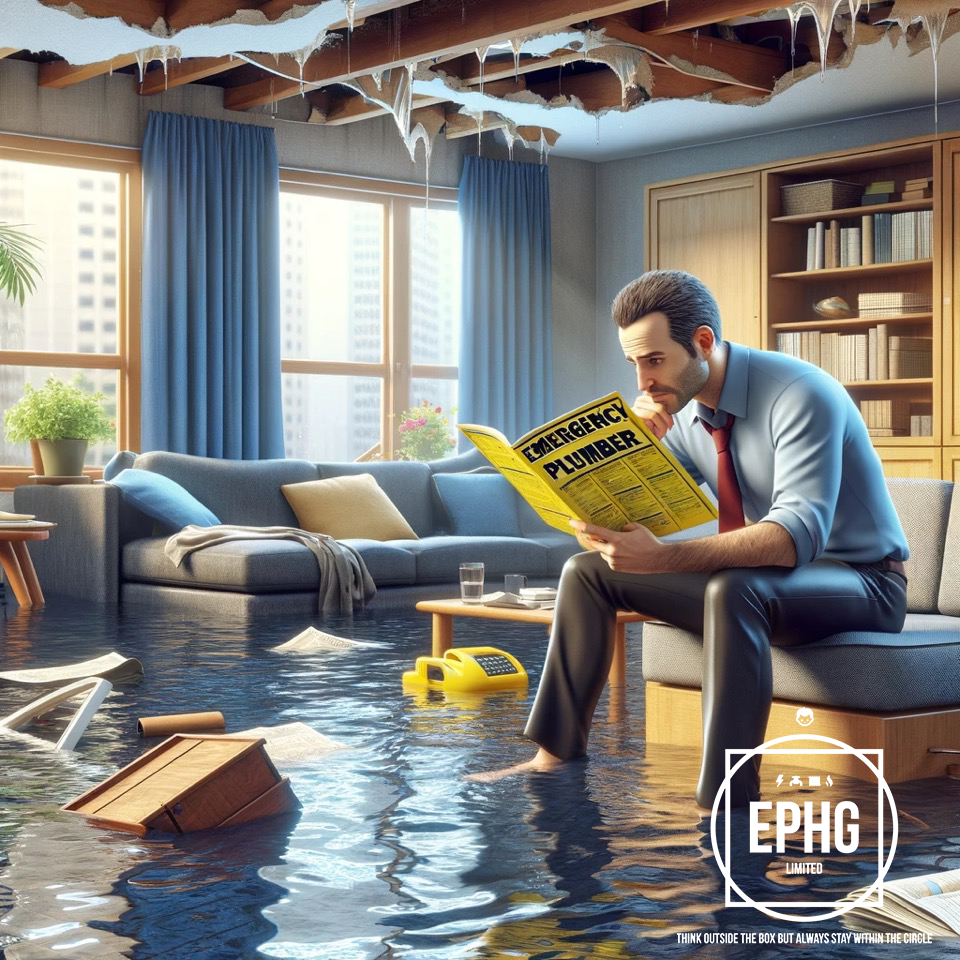
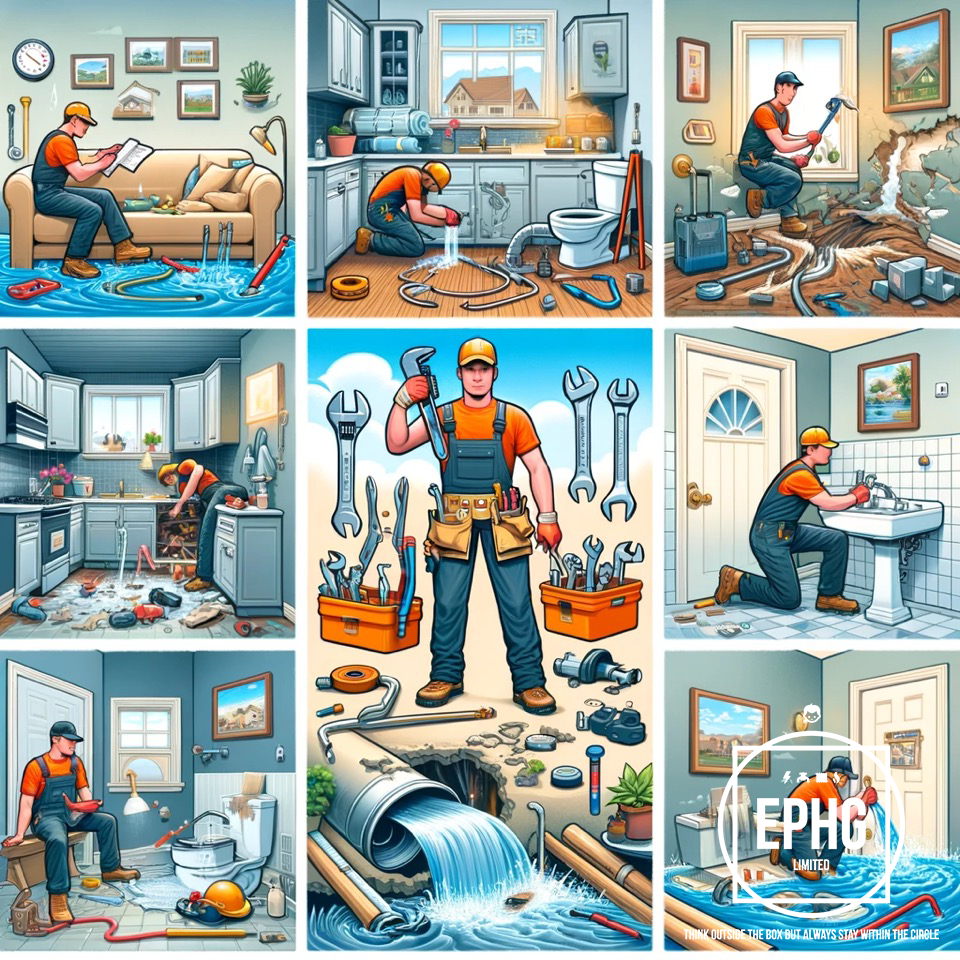
Understanding and Managing Water Damage in Your Home: The Essential Guide
Introduction
Water damage in homes, a prevalent issue faced by many homeowners, can result from various sources such as leaks in plumbing, roof damage, or natural disasters. The consequences of water damage extend beyond the immediate mess and stress; they can lead to significant structural damage and potential health hazards. This article delves into the causes of water damage, the importance of quick action, the role of emergency plumbers, and the necessity of adequate insurance cover.
Understanding Water Damage
Water damage in the home can manifest in several forms, from visible leaks to hidden moisture trapped within walls. Common indicators include water stains, peeling paint, mold growth, and an increase in humidity. These signs should not be ignored as they can indicate underlying issues that could escalate into more severe problems. Understanding the sources and signs of water damage is crucial for timely intervention and prevention.
The Role of Emergency Plumbers
When facing water damage, the immediate response is critical. Emergency plumbers play a vital role in addressing water leaks and preventing further damage. They provide quick, professional assessments of the situation and carry out necessary repairs to stop the water flow. Their expertise also extends to identifying potential risks in your plumbing system that could lead to future leaks or damage. Engaging an emergency plumber at the first sign of water damage can save homeowners time, money, and stress.
The Importance of Quick Action
The speed of response to water damage can significantly impact the extent of the damage and the cost of repairs. Water spreads quickly and can penetrate deep into the structure of your home, leading to wood rot, electrical hazards, and mold growth. Quick action involves shutting off the water source, removing standing water, and beginning the drying process. Homeowners should also contact their insurance company promptly to report the damage and understand their coverage.
Insurance Coverage for Water Damage
Insurance coverage plays a critical role in managing the financial implications of water damage. Homeowners should review their policies to understand what types of water damage are covered and any associated deductibles. Standard policies typically cover sudden and accidental damage, such as pipe bursts, but may not cover gradual damage from unresolved maintenance issues. It's essential to have clear communication with your insurance provider and maintain comprehensive coverage that aligns with your home's risks.
Prevention and Maintenance
Preventing water damage is more feasible and less costly than dealing with its aftermath. Regular maintenance of your home’s plumbing system, roof, and drainage can help avoid many common sources of water damage. Homeowners should conduct periodic inspections, clean gutters and downspouts, and consider installing water detection devices that can alert them to leaks before they cause significant damage.
Conclusion
Water damage in the home can be a daunting challenge, but with the right knowledge and resources, it can be effectively managed and prevented. Understanding the causes and signs of water damage, the importance of quick action, the role of emergency plumbers, and the necessity of adequate insurance coverage are all crucial elements in protecting your home and health. By taking proactive steps and maintaining open communication with professionals and insurance providers, homeowners can navigate the challenges of water damage with confidence.
Remember, water damage is more than just an inconvenience; it's a risk to your home's integrity and your family's health. Taking the necessary steps to understand, prevent, and address water damage can save you from future headaches and financial strain.
